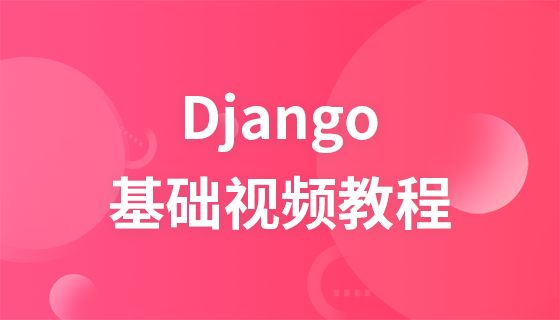
Course Advanced 19282
Course Introduction:"Python Tutorial: Django Video Tutorial" introduces the development process and development environment of related projects, the use of loggers, introduction to databases, file uploads and other functions.
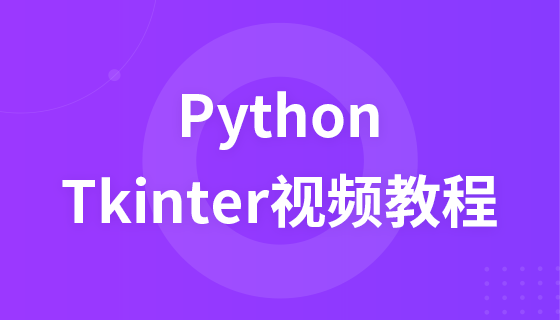
Course Advanced 16313
Course Introduction:"Python Tutorial: Tkinter Video Tutorial" explains what Tkinter is, Tkinter related expansion, architecture analysis, configuration and events and other related knowledge points.
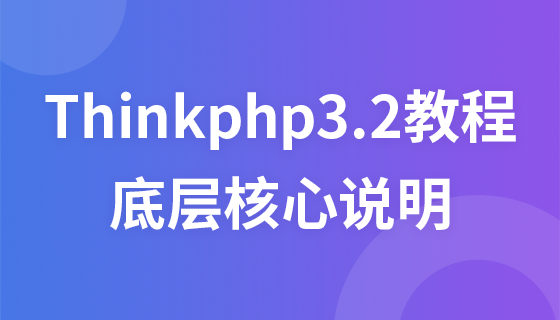
Course Elementary 3037
Course Introduction:This course will explain in detail the core operating processes of the ThinkPHP framework, including database operations, routing configuration, controller design, view rendering and other core functions. Through learning, you will master the core principles and best practices of the ThinkPHP framework, laying a solid foundation for developing efficient and maintainable web applications.
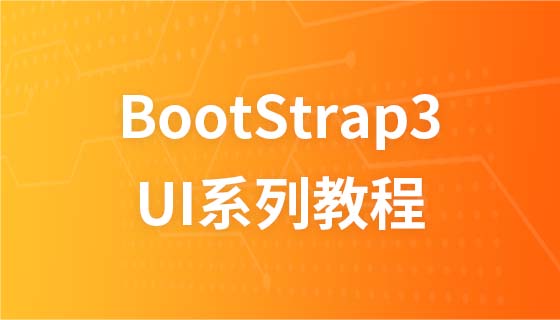
Course Elementary 10813
Course Introduction:"Brothers Zhang Cheng UI Tutorial Bootstrap Video Tutorial" Speaker: Zhang Cheng, the course explains the application of the BootStrap framework. Each section starts with the most basic knowledge of BootStrap and learns the use of the Bootstrap framework.

Course Elementary 13764
Course Introduction:Scala Tutorial Scala is a multi-paradigm programming language, designed to integrate various features of object-oriented programming and functional programming.

Course Elementary 13140
Course Introduction:SVG is a markup language for vector graphics in HTML5. It maintains powerful drawing capabilities and at the same time has a very high-end interface to operate graphics by directly operating Dom nodes. This "SVG Tutorial" is intended to allow students to master the SVG language and some of its corresponding APIs, combined with the knowledge of 2D drawing, so that students can render and control complex graphics on the page.
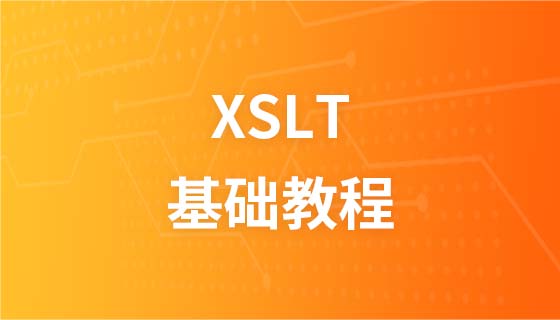
Course Elementary 9836
Course Introduction:"XSLT Tutorial" XSL refers to the EXtensible Stylesheet Language (EXtensible Stylesheet Language), which is a stylesheet language for XML documents. XSLT refers to XSL Transformation. In this tutorial, you will learn how to use XSLT to transform an XML document into another document, such as XHTML.
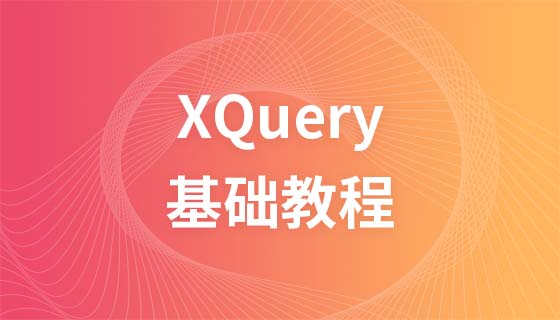
Course Elementary 9167
Course Introduction:"XQuery Tutorial" XQuery is to XML what SQL is to databases. XQuery is designed to query XML data.
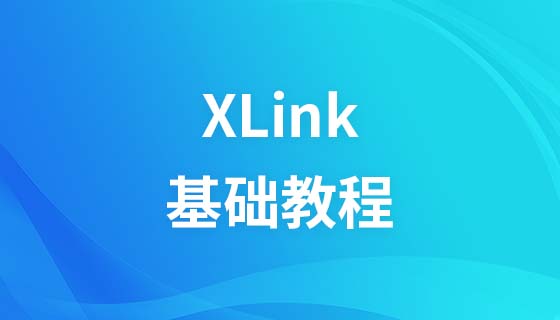
Course Elementary 8603
Course Introduction:XLink defines a standard way to create hyperlinks in XML documents. XPointer allows these hyperlinks to point to more specific parts (fragments) in the XML document.
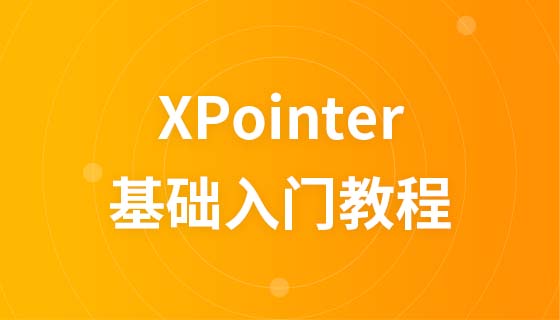
Course Elementary 8225
Course Introduction:XLink and the XPointer Tutorial XLink defines a standard way to create hyperlinks in XML documents. XPointer allows these hyperlinks to point to more specific parts (fragments) in the XML document. Start learning XLink and XPointer now! Table of Contents Introduction to XLink and XPointer This chapter explains the concepts of XLink and XPointer. XLink and XPointer syntax XLink and XPointer syntax
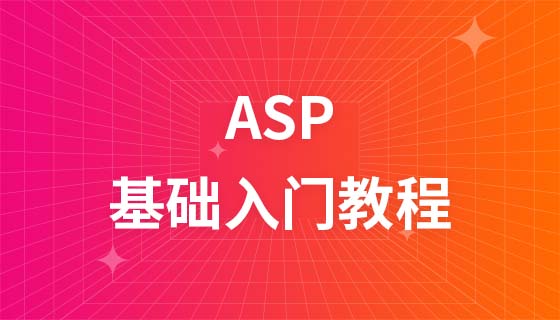
Course Elementary 14984
Course Introduction:ASP, which stands for Active Server Pages, is a server-side scripting environment developed by MicroSOft that can be used to create dynamic interactive web pages and build powerful web applications. When the server receives a request for an ASP file, it processes the server-side script code contained in the HTML (Hyper Text Markup Language) web page file that is used to build it and sends it to the browser. In addition to server-side script code, ASP files can also contain text, HTML (including associated client-side script) and COM component calls.
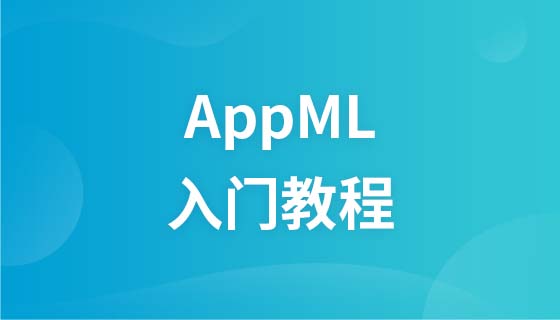
Course Elementary 11991
Course Introduction:AppML is an HTML extension box designed for web applications. It combines the latest technology and modern web development ideas, using a low-cost, high-speed and simple architecture, and is easy to learn.

Course Elementary 13266
Course Introduction:Razor is a markup syntax that allows you to embed server-based code (Visual Basic and C#) into web pages. Server-based code creates dynamic content when web pages are written to the browser. When a web page loads, the server executes the server-based code within the page before returning the page to the browser. Because it runs on the server, this code can perform complex tasks, such as accessing a database.
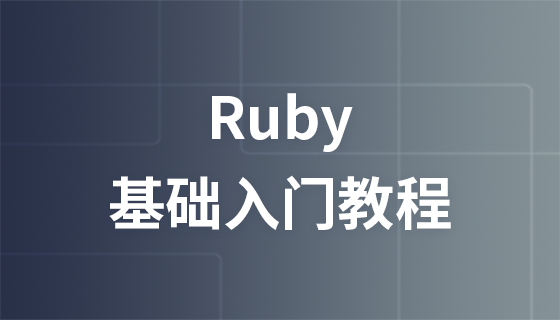
Course Elementary 14984
Course Introduction:Ruby is an open source server-side scripting language for object-oriented programming. It was designed and developed by Yukihiro Matsumoto in Japan in the mid-1990s. In the Ruby community, Matsumoto is also known as Matz. Ruby runs on multiple platforms such as Windows, MAC OS, and various versions of UNIX. "Ruby Tutorial", you will have a comprehensive understanding of Ruby.
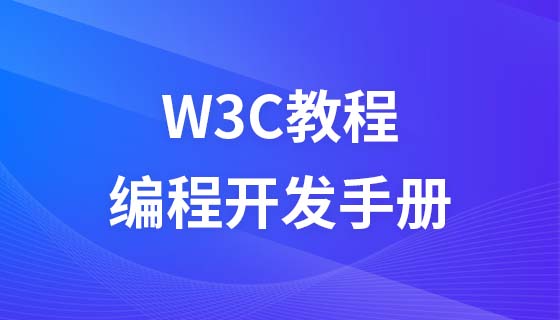
Course Elementary 14173
Course Introduction:The most important work of the W3C is the development of Web specifications (called Recommendations), which describe the communication protocols (such as HTML and XHTML) and other building blocks of the Web.

Course Elementary 6975
Course Introduction:WSDL (Web Services Description Language) is an XML-based language used to describe Web Services and how to access them.
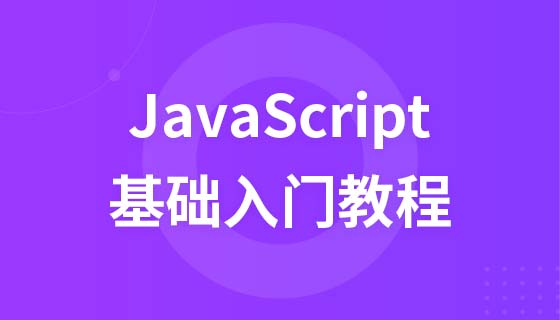
Course Elementary 9476
Course Introduction:"JavaScript Tutorial" introduces JavaScript technologies commonly used in HTML, which is very useful.
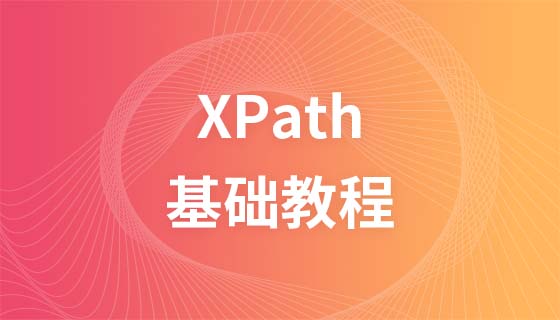
Course Elementary 11085
Course Introduction:"XPath Tutorial" XPath is a language for finding information in XML documents. XPath is the main element in XSLT. Both XQuery and XPointer are built on XPath expressions

Course Elementary 23410
Course Introduction:Lua is a small scripting language. It is a research team at the Pontifical Catholic University of Rio de Janeiro in Brazil, composed of Roberto Ierusalimschy, Waldemar Celes and Luiz Henrique de Figueiredo and developed in 1993. It is designed to be embedded in applications to provide them with flexible extensions and customization capabilities. Lua is written in standard C and can be compiled and run on almost all operating systems and platforms. Lua does not provide a powerful library, which is determined by its positioning. Therefore, Lua is not suitable as a language for developing stand-alone applications. Lua has a concurrent JIT project that provides just-in-time compilation capabilities on specific platforms.
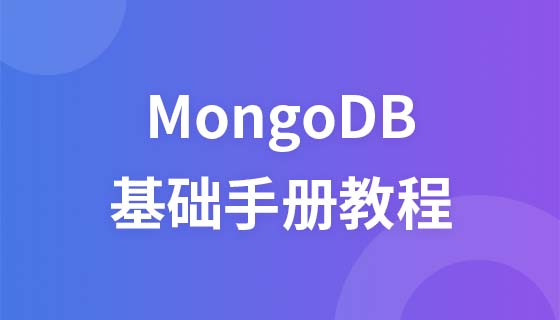
Course Elementary 25428
Course Introduction:"MongoDB Tutorial" is the latest official online reference manual of MongoDB. In this MongoDB document, you will learn how to use MongoDB to add, delete, modify, query, sort and other important knowledge points in the database. MongoDB is a database based on distributed file storage. MongoDB applications have penetrated into various fields, such as games, logistics, e-commerce, content management, social networking, Internet of Things, live video, etc.